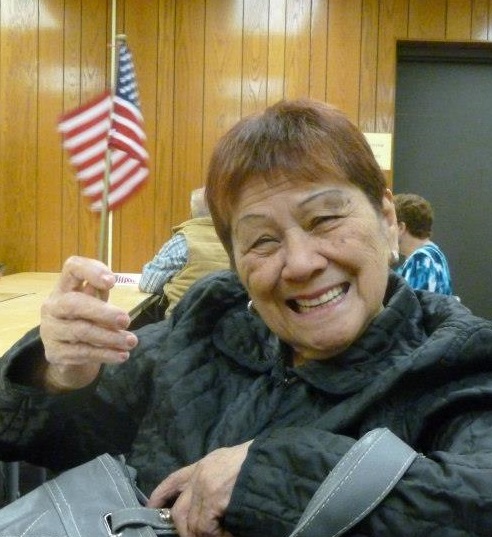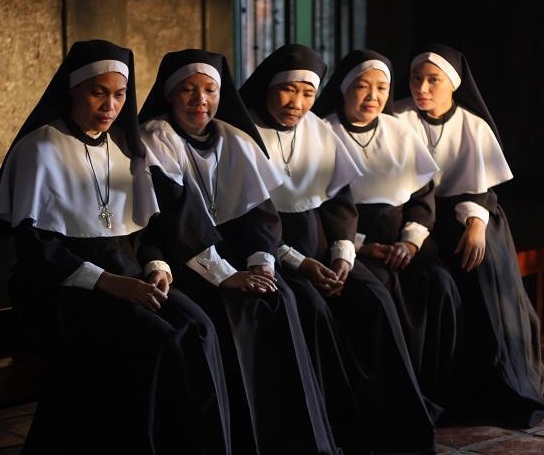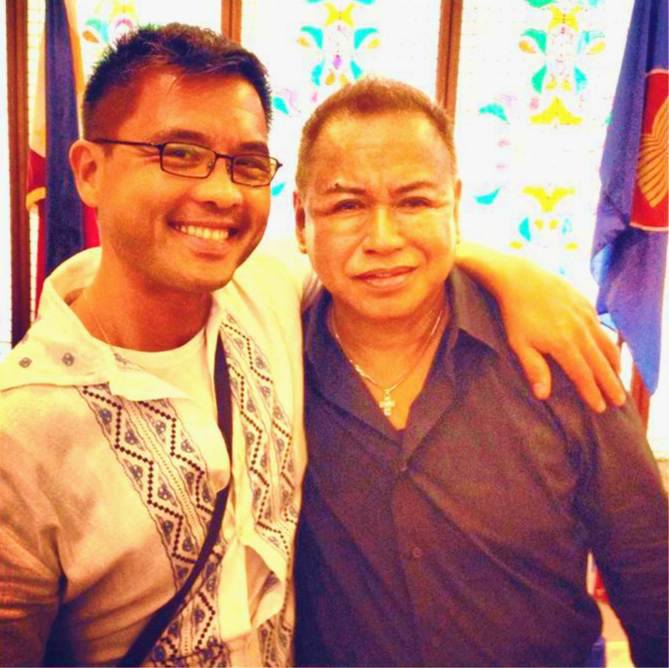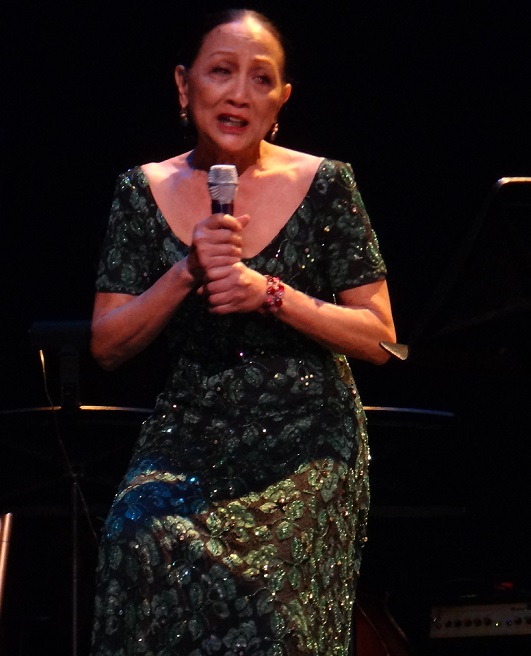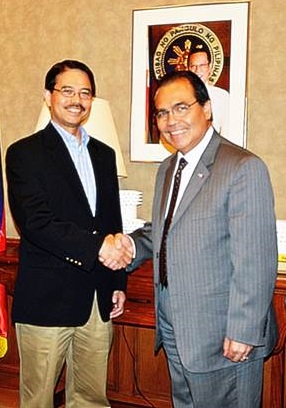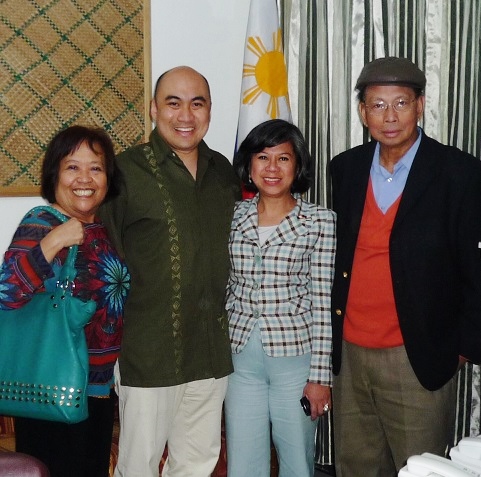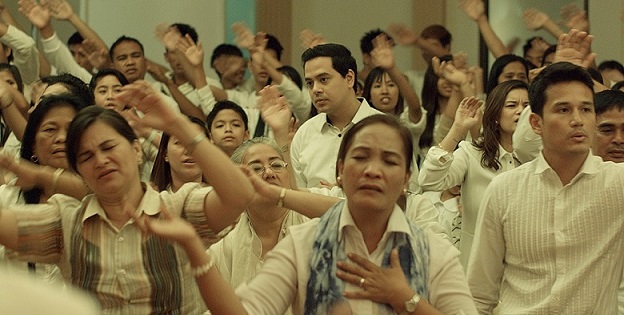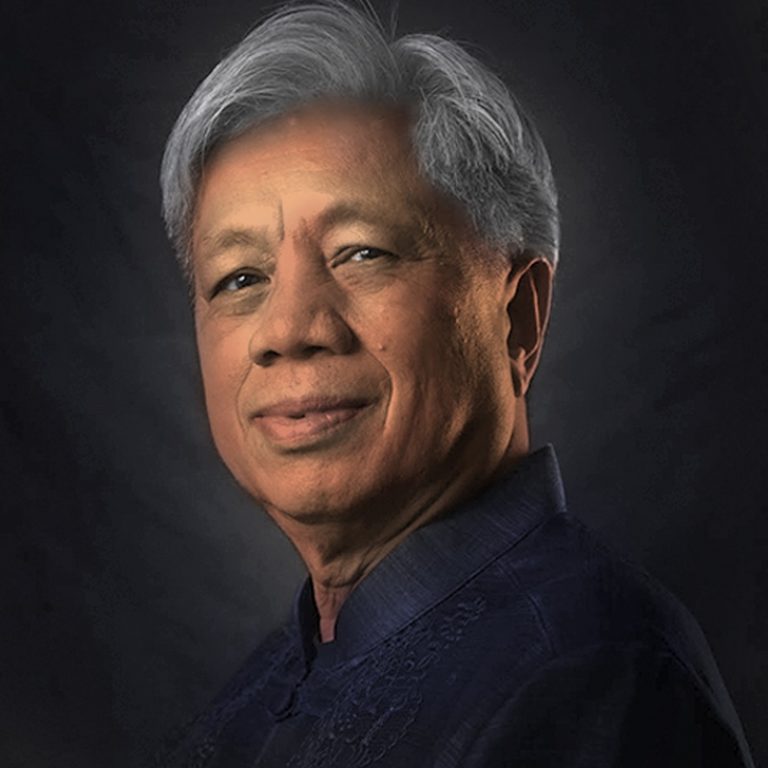Where were you when Ninoy Aquino was assassinated?

Ninoy Aquino prepares to disembark with government soldiers assigned to escort him down the plane. Shot are fired. Aquino is next seen lying dead on the tarmac.
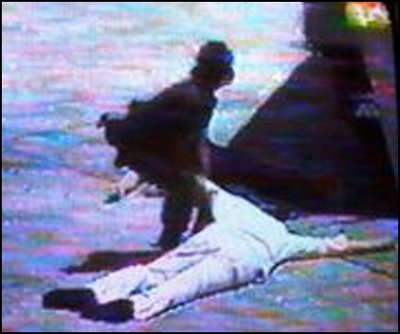
By Daniel de la Rosa
Thirty-one years. It’s been that long since I got on a California Bus Line that would take me to the airport to welcome Ninoy Aquino home from exile.
Back then, the red-colored bus would go up past Nayong Pilipino, circle around and drop you at a stop right beside the Manila International Airport.
That day, the driver said was told not to go beyond Nayon so we got off quite a distance and walked under an August 21 sun. We hiked at an overpass road to get to the airport. We snuck in and made our way to the airport’s VIP Lounge.
The swarm of human rights lawyers, opposition politicians, and journalists had taken camp. Many of them gathered around the mother of Ninoy, Dona Aurora Aquino with then elderly Senator Lorenzo Tanada keeping her company. It was the best place to be if you’re a journalist looking to get a quick reaction statement once the plane made its touchdown. I was a young reporter then.
The mood was ebullient despite the heat; everyone was all smiles.
The next thing I remember that day was a commotion, followed by murmurs that Ninoy had been shot. No one dared speak it out loud because no one was sure of the report and where it came from. And then a loud wail, followed by sobs from Aquino relatives. I caught Dona Aurora slumping into the shoulder of Tanada after it was confirmed that, indeed, Ninoy had been shot in the head.
The shock, disbelief, and anger rippled across the airport. Ninoy was executed, gangland style.
To this day, I am morally convinced Ferdinand Marcos was the brains behind this dastardly crime. Those who swallow the line that the dictator was too sick to order a hit did not know the kind of man Marcos was. This is the tyrant who did not think twice about the salvaging and the torture and the rapes committed by his soldiers.
Later that afternoon, the heavens opened up. We the reporters, who couldn’t get close to Ninoy’s body, decided to await further developments to this fast-moving news at his Times Street home in Quezon City.
It was pushing 2 a.m. of August 22 and I had to go to work that day. Three hours after I left, Ninoy’s bloodied corpse finally arrived.
Ninoy’s willingness to give up his life provided an epiphany for my generation, which came of age in the 1980s. It gave them that most basic virtue – courage – to fight the obscenity of the Marcos regime. That selflessness climaxed in EDSA in 1986. For the idea of a better tomorrow, we were willing to give up our lives on that ribbon of highway that splits one military camp from the other.
At that time, the population of the Philippines was around 50 to 60 million. With the number now well past 100 million, more than half the country was born after 1983. The number of those who remember that struggle are in their 40s or older. Like those who recall the horrific experiences of World War II, our ranks are thinning. Understandably, the collective memory of those horrible years has ebbed and is fading.
The banality and corruption of democratic politics is back in the Philippines, with oligarchs new and old tightening their grip on power with all the sucking capability of parasites. To the country’s credit, the economy has powered ahead, riding the twin pillars of remittances and call centers.
I left the country in 1996 but kept tabs on developments. Like most Filipino expats or OFWs, one half of my heart was still pining for the country I left behind. I often think whether Ninoy would be happy to see the country he came home to, leaving the comfortable existence of an academic in Harvard. Poverty is still endemic for millions. Justice for the Ampatuan massacre grinds slowly in the courts, and journalists are being killed like ducks in a shooting gallery. I would have wanted to see the Marcoses and their cronies behind bars and stripped of their ill-gotten wealth. But looking at the Philippines today, new crony families have risen and taken over.
What the Philippines has is an imperfect, all-too-fragile democracy that is often chaotic and its institutions too shaky for the tenacity of partisan politics.
How naive of us to think the country would change dramatically just because of Ninoy’s martyrdom that broiling August day almost 31 years ago.

